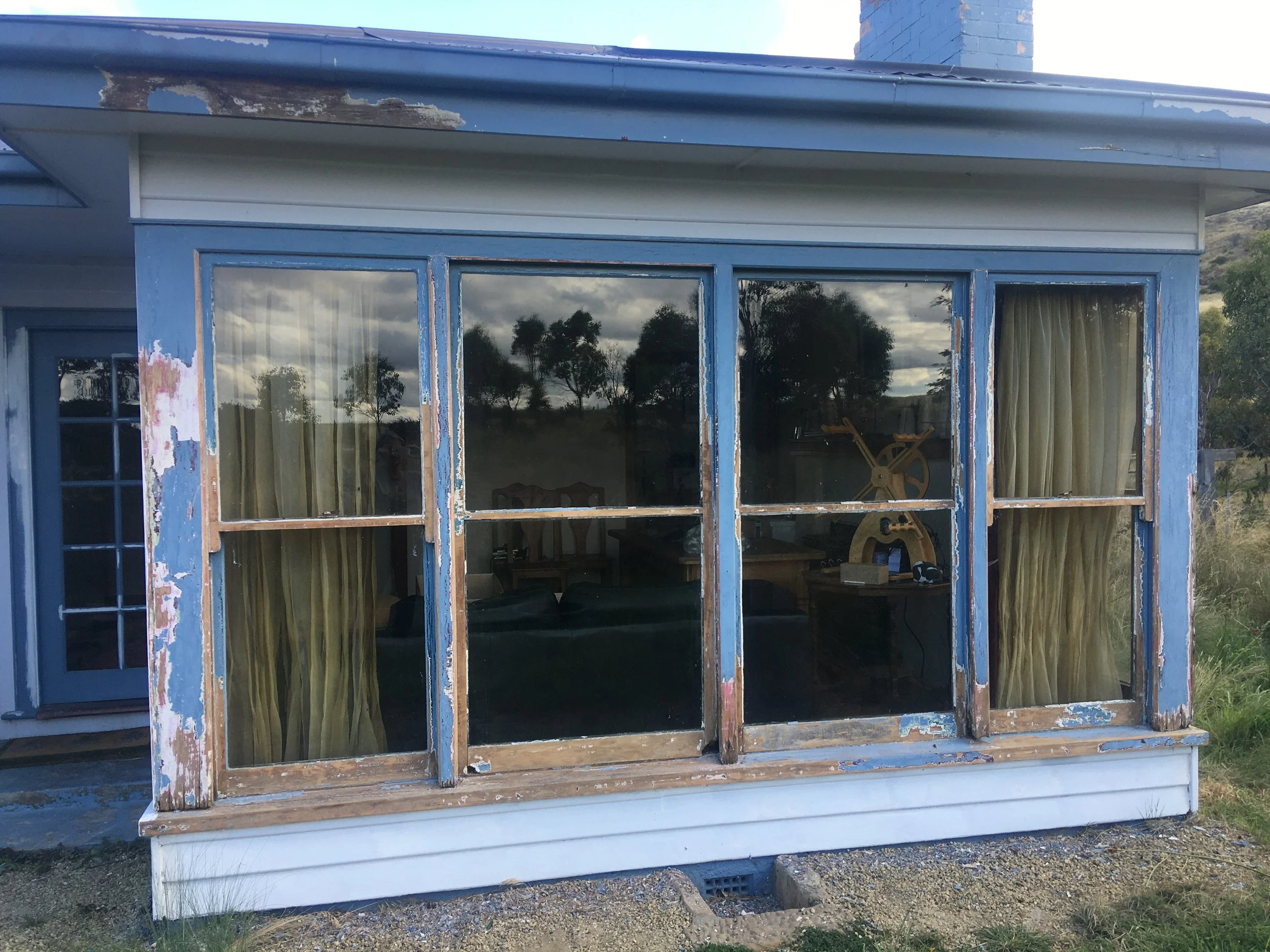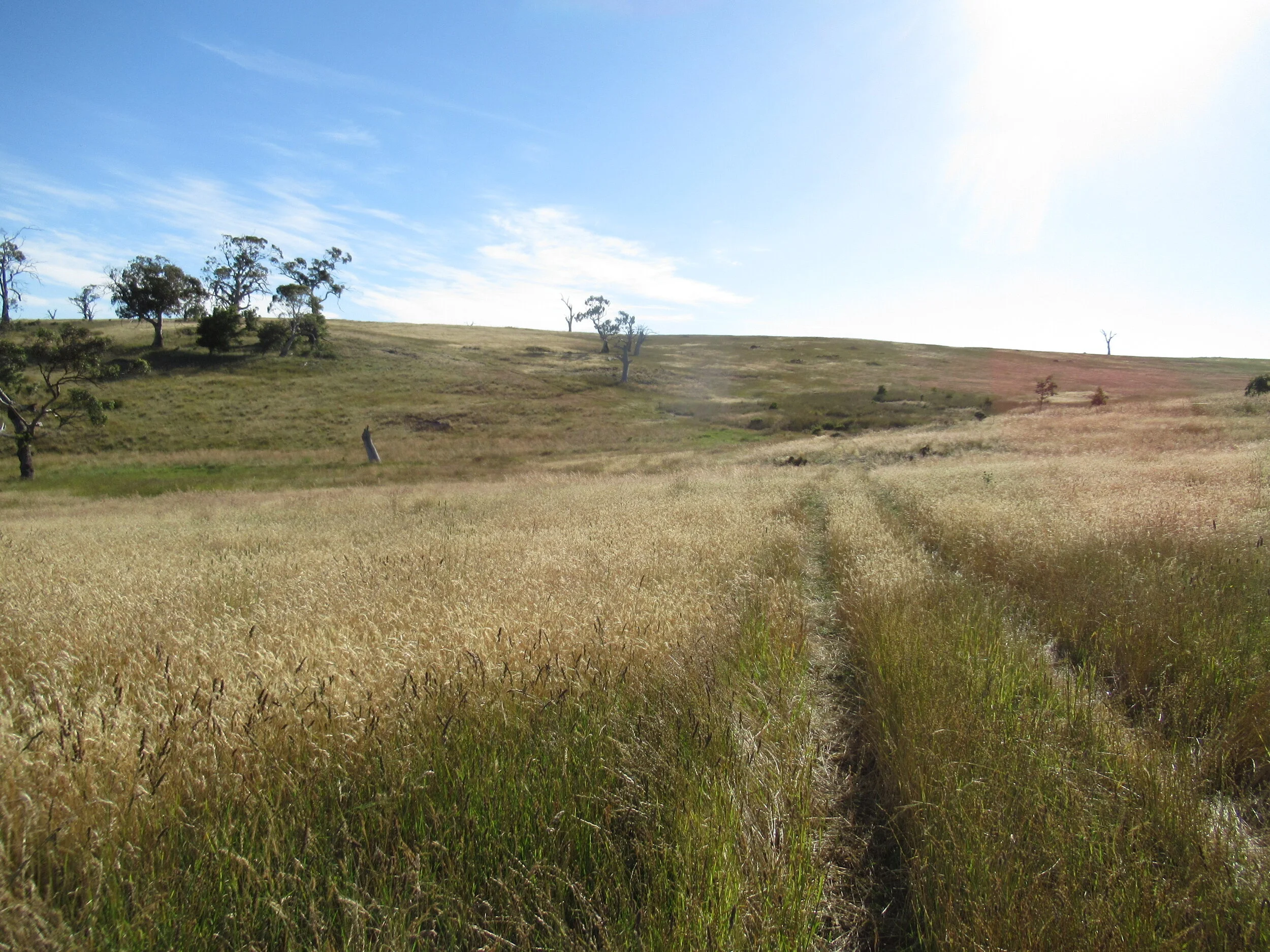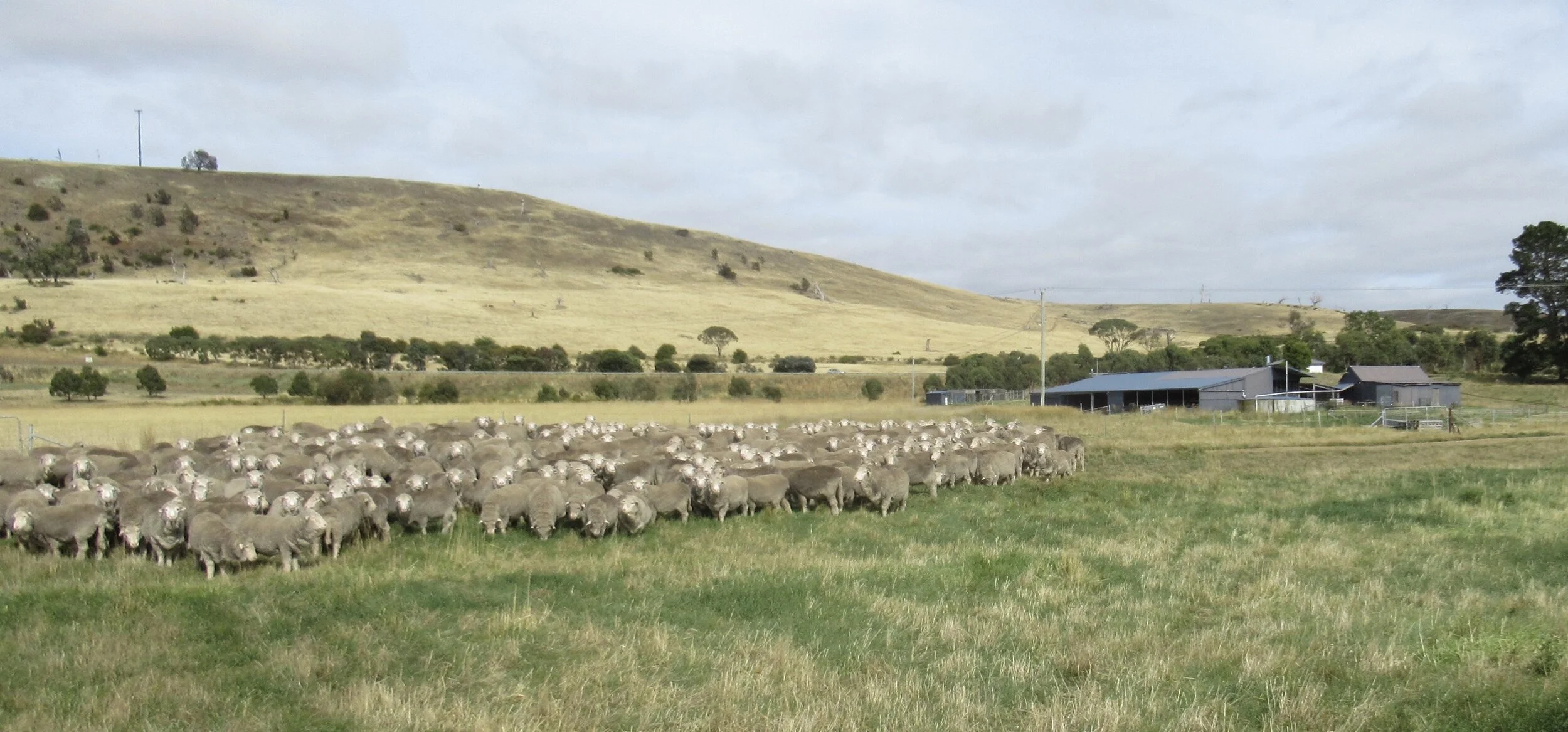It occurred to me that not everyone knows how to catch (and immobilise) a sheep. Here’s a tutorial, just in case you are ever confronted with a rogue sheep careening through an agricultural show.
Catching a healthy sheep in the paddock is an art form, and one neither I nor any of my dogs have mastered. About the only time you really need to catch a sheep is if they have been struck by fly.

I know I’m not alone in my benign neglect of routine maintenance, but that’s not much solace when it starts coming home to roost. My last few months have been so full of delayed maintenance I’ve reluctantly come to the conclusion that life is 95% maintenance and only 5% exciting new projects. Unfortunately, by attempting for years to live life as though it were the other way around, not only have I neglected maintenance shockingly, I’ve simultaneously created a whole lot more maintenance to ignore. Sigh.

It’s been just two months since the adopted lambs arrived. It’s been a wonderful time of learning for all of us: the lambs, their babysitters (the named sheep), Pearl and me. It’s taken me back to my earliest days of shepherding, when NONE of the flock, bar my 6 pet lambs, wanted to know me, let alone follow me around!

Since I began “active shepherding” in 2014 as a way to help my flock find the biodiversity they need to stay healthy, I’ve gone through several cycles. The first was simply figuring out how SLOWLY they need to travel in order to eat on the move. The lesson for me and my dogs was to enter into what I call “sheep time”—actually a feeling of timelessness. Getting there took me the best part of a year.

For the first time in months, this morning I put my backpack on and went to shepherd my sheep. And this afternoon, I’m writing the first Come Shepherding post in just over a year! Several things have conspired to create this lapse. The pandemic didn’t help, but the first real change came in May of last year, when I decided to try an experiment (there’s a surprise) and test whether my sheep are truly locally adapted.

